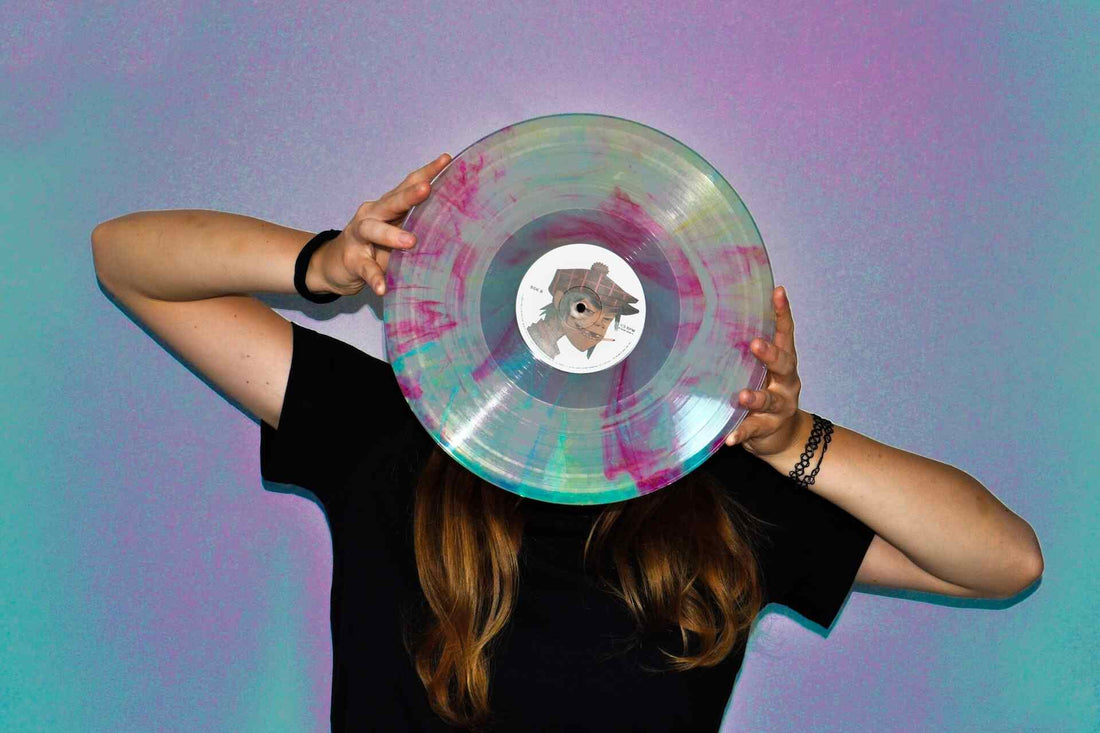
Our Ultimate Guide to the Various Types of Records
Share
Let’s have a little lesson on vinyl. Producing a vinyl record is a science and an art, and the biggest vinyl connoisseurs can tell a major difference in sound quality between the various types of records. Here’s our ultimate guide to all the major record varieties out there!
LPs (Long Playing Albums)
LPs are by far the most common types of records. They are not the original vinyl record, but when they were invented in 1948, they were a revolutionary improvement.
Most LPs are twelve inches. Most play at 33 or 45 RPM and allow for approximately 26 minutes per side. This can vary depending on when and how the record was manufactured. Most sound connoisseurs prefer the sound quality of 45 RPM. Protect your LPs with these twelve-inch inner and outer sleeves!
Seven-Inch Vinyl Singles
Introduced in 1949, these were cheaper to produce than LPs, relatively durable, and allowed manufacturers to quickly churn out records. They were incredibly popular types of records during the rock eras of the 50s and 60s and allowed people to directly purchase their favorite songs at a relatively affordable price. These play at 45 RPM and usually play one song on each side. Keep your seven-inch vinyl singles in pristine condition with our inner record sleeves or album jackets.
Ten-Inch Vinyl
Finding a ten-inch vinyl record today is relatively uncommon. This size record was gradually phased out in favor of the cheaper to produce, more durable, and all-around better 12-inch LPs. However, this used to be the standard back in the days of gramophones, so many were produced. Don’t forget to stock up on outer record sleeves to protect your ten-inch vinyls.
Other Somewhat Obscure Types of Records
You’re not likely to find these in stores anymore, but it’s interesting to know what they are!
Dubplates
These are 10-inch records used by music studios for test recording music samples. This is used before the mastering process and is usually not sold commercially.
Flexi Discs
This was a popular vinyl option in the 80s when you could even find them in magazines! They were inexpensive, but that made them thin, brittle, and fragile. You probably won’t find many today, and the sound quality is definitely lacking.
Shellac Records (78 RPM)
These old records got phased out after the new 33 ⅓ standard was popularized in 1948. They only have about 3 minutes of playtime per side. They’re also very delicate because of the light shellac material.
It’s important to note that you should not put 78 RPM records on modern record players! They were designed for gramophones, so the needle won’t work with the material. You’ll probably damage both your stylus and your record.
Record Customization is Limitless
We’ve only scratched the surface of the many types of records there can be. Historically, options were pretty limited, but with today’s technology, you can find records in many creative shapes and colors. Just make sure your record player is compatible with whatever you choose!
For more record-collecting info and handy tips, visit the blog at Big Fudge.


